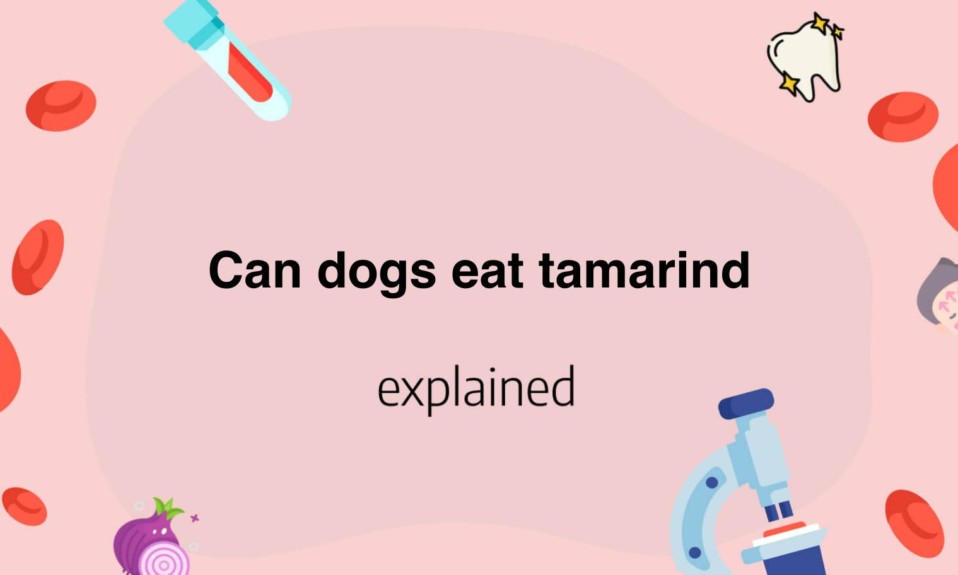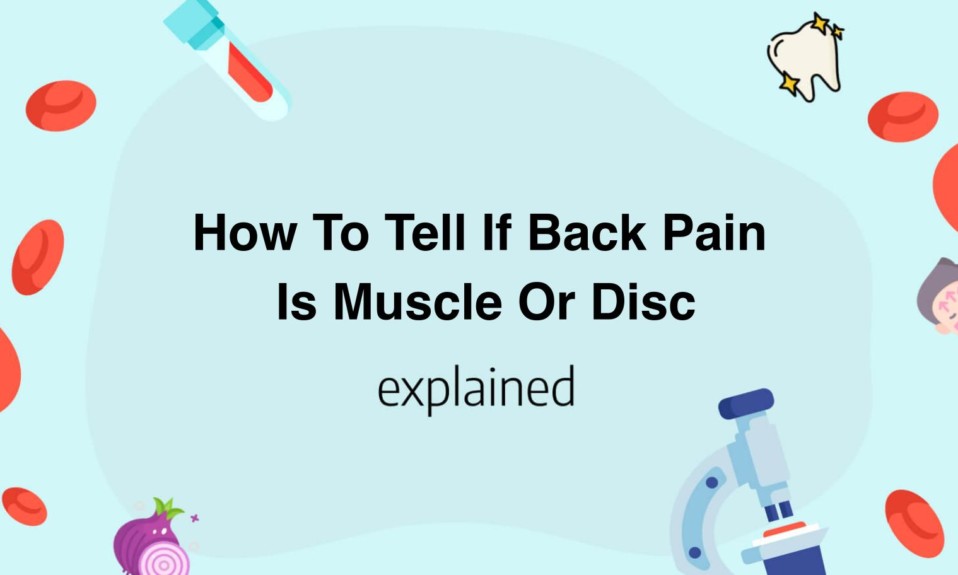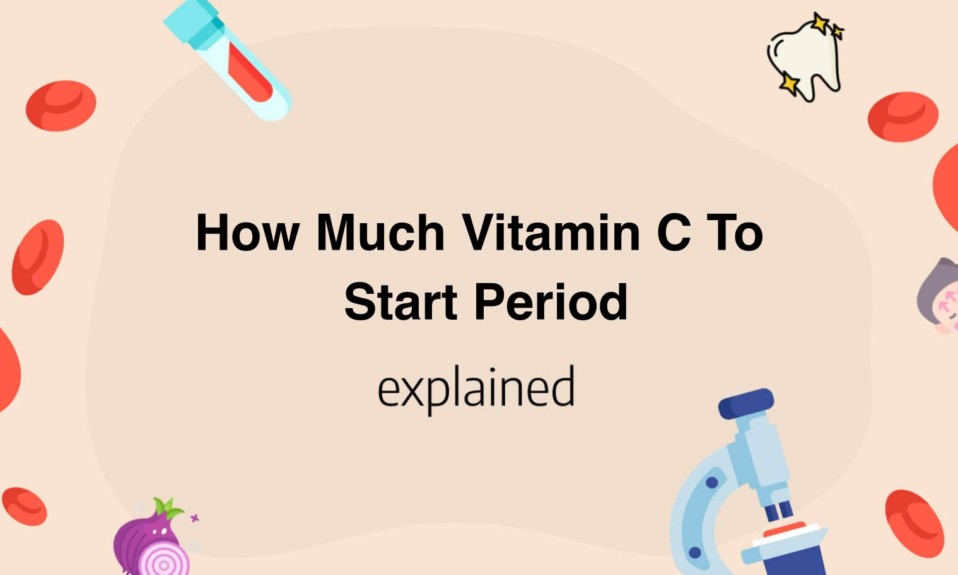What is tamarind and its nutrition value for dogs?
Tamarind is a popular fruit that is commonly used in many Asian cuisines.
This fruit is also known for its nutritional value to dogs.
Tamarind is a good source of vitamins and minerals, such as vitamin C, potassium, magnesium, and calcium, which are important for the overall health of dogs.
Additionally, tamarind is rich in fiber, which can help promote digestive health and prevent constipation.
The fruit also contains antioxidants that help protect dogs against diseases and conditions associated with aging, such as arthritis and cancer.
One of the best ways to incorporate tamarind into a dog’s diet is by adding it to their meals as a natural flavor enhancer or using it as a treat.
Tamarind can be given to dogs in small quantities, and it can be mixed with other fruits or vegetables to create a tasty and nutritious snack.
However, it is important to keep in mind that too much tamarind can lead to gastrointestinal problems, such as diarrhea and vomiting, so moderation is key.
When feeding tamarind to dogs, it is important to choose fresh, ripe fruit that is free of any mold or other signs of spoilage.
Moreover, it is best to avoid tamarind candies or other processed foods that may contain harmful additives or preservatives.
In conclusion, tamarind is a healthy fruit with many nutritional benefits for dogs.
However, it should be fed in moderation and in the right way to avoid any gastrointestinal problems.
Including tamarind in a dog’s diet can help improve their overall health and well-being while also providing a tasty and healthy snack.
You’ll also like: Ginger Benefits for Sexual Health: Exploring the Facts
Can dogs eat tamarind pods and how much is safe for them?
Tamarind pods are a delicious and nutritious snack for humans, but can dogs eat them too? The answer is, it depends on how much tamarind your furry friend consumes.
Dogs can safely eat tamarind in moderation, but it’s important to remember that anything in excess can cause health issues.
Tamarind contains high amounts of fiber, antioxidants, and vitamins, making it a healthy addition to your dog’s diet when added in proportionate amounts.
However, if your dog eats too much tamarind, it can cause an upset stomach, diarrhea, and stomach cramps.
To avoid these issues, it is essential to monitor the amount of tamarind you give to your dog.
It’s highly recommended to give tamarind in small quantities and cut into small pieces.
This makes it easier for the dog to digest and enjoy the benefits in a healthy manner.
If you notice any adverse reactions after your pup eats tamarind, it’s best to stop feeding it immediately and consult with your veterinarian.
Your pet’s health is essential, and it’s always better to be safe than sorry.
In conclusion, tamarind is safe for dogs but only in small quantities.
Be sure to monitor how much tamarind you give to your pup and consult with your veterinarian if you feel uncertain about their diet.
Your furry friend’s health should always be your top priority, and with moderate consumption, tamarind can be a healthy and enjoyable treat for your furry friend.
You’ll also like: How long after dayquil can I drink
Common side effects of feeding tamarind to dogs
Feeding tamarind to dogs can have some side effects, and as a health expert for 20 years, it is essential to know them.
Tamarind is a fruit that belongs to the legume family, and it is enriched with vitamins and minerals.
However, it can cause some digestive problems and allergic reactions when given to dogs, especially when taken in large quantities.
Common side effects of feeding tamarind to dogs:
- Diarrhea: Tamarind is high in fiber, which can cause diarrhea if fed in excess. Dogs with pre-existing digestive issues can experience loose stools, vomiting, and dehydration when given tamarind.
- Stomach upset: Tamarind has a tangy and sour taste, which can cause stomach upset in dogs. This is especially true if the dog is not used to eating tamarind or has a sensitive stomach.If your dog develops a sensitive stomach after eating tamarind, it’s best to avoid giving it to them.
- Allergic reactions: Tamarind contains tartaric acid, which can cause an allergic reaction in dogs. Common symptoms of an allergic reaction include hives, swelling, and difficulty breathing.If your dog is allergic to tamarind, taking them to the vet as soon as possible is crucial.
To avoid these side effects, it’s best to give tamarind to dogs in moderation.
You can start by giving them a small amount and observe their reaction.
If they show any sign of discomfort, it’s best to avoid giving tamarind in the future.
You can also mix tamarind with their regular food to reduce the chances of developing an upset stomach or diarrhea.
In summary, feeding tamarind to dogs can have some common side effects such as diarrhea, stomach upset, and allergic reactions.
As a responsible dog owner, it’s best to know these potential risks and give tamarind to them in moderation.
If you notice any unusual symptoms or an allergic reaction, take them to the vet immediately.
You’ll also like: How old do you have to be to buy dayquil
Alternative fruits and vegetables for dogs with similar nutritional benefits
While dogs can eat many fruits and vegetables, some are better than others – and some should be avoided altogether.
One great alternative fruit for dogs is blueberries, which are packed with antioxidants and vitamins.
Another good option is melon, which is high in water and can help keep dogs hydrated in hot weather.
As for vegetables, carrots are a great choice – they’re low in calories, high in fiber, and packed with vitamins.
Celery is another good option, as it’s high in water content and can help keep dogs hydrated.
However, there are some fruits and vegetables that dogs should not eat – for example, grapes and raisins can be toxic to dogs and should be avoided at all costs.
Similarly, onions and garlic are toxic to dogs and can cause anemia if consumed in large quantities.
It’s important to remember that while fruits and vegetables can be a healthy addition to a dog’s diet, they shouldn’t be the main source of nutrition.
Dogs need a balanced diet that includes protein, carbohydrates, and fats.
If you’re unsure about what foods are safe for your dog to eat, it’s always best to consult with a veterinarian.
By incorporating these alternative fruits and vegetables into your dog’s diet, you can provide them with a range of health benefits and contribute to their overall health and wellbeing.
Read also:










